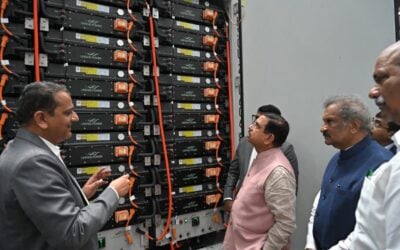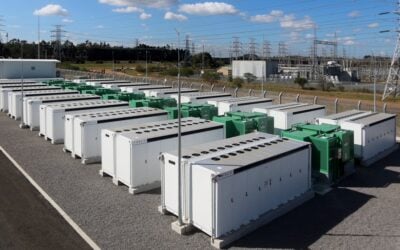
While short-duration BESS has flourished in Ireland, a ‘policy vacuum’ threatens the long-duration energy storage (LDES) rollout required for its renewables goals, research firm Cornwall Insights said.
According to the firm’s Review of deployment of long-duration energy storage in the electricity sector in Ireland report, limited financial incentives, a lack of clear targets, and market design limitations are all hindering the development of LDES technologies.
Enjoy 12 months of exclusive analysis
- Regular insight and analysis of the industry’s biggest developments
- In-depth interviews with the industry’s leading figures
- Annual digital subscription to the PV Tech Power journal
- Discounts on Solar Media’s portfolio of events, in-person and virtual
LDES, for example, is seen as key to balancing the grid’s growing renewable generation, like wind, over multiple days rather than just hours once their share of loads hits a critical mass. As such, the technology is seen as a crucial component of net zero.
The report cautions that without an increase in LDES rollout and deployment speed, Ireland could fall short of its 2030 renewables target, aiming to increase the share of electricity generated from renewable sources up to 80%.
For this 2030 scenario, it is estimated that LDES capacity will need to reach 2.4GW. At present there is only 0.29GW of LDES on the Irish grid, all coming from a pumped storage hydro (PSH) asset operational at Turlough Hill. Another 0.36GW of PSH is planned at Silvermines in Tipperary.
GB LDES consultation will see ‘major decisions’ made
LDES is equally important for the country’s net zero goals in the Great Britain (GB) energy market. Because of its importance, the government initiated a consultation into the technology and how it could be supported. The House of Lords Science and Technology Committee stated in March that “major decisions about future energy infrastructure” would need to be made.
The organisation’s Long-duration energy storage: get on with it report highlighted that the government must “act fast” to ensure LDES technologies can scale up and contribute to the decarbonisation of the electricity system with this target a mere 11 years away.
See the full original version of this article on our sister site Solar Power Portal.






